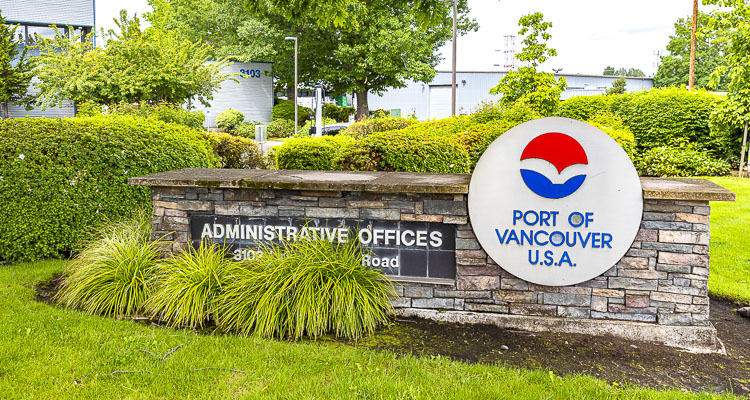
The port is holding three public hearings regarding the new commissioner districts, with a final vote on adopting the new map, taking place immediately after the last hearing
VANCOUVER – The Port of Vancouver USA is announcing three public hearings as part of its redistricting process. Redistricting occurs every 10 years, following the national decennial census.
The population growth in Clark County has affected the equal distribution of residents living in each of the port’s three commissioner districts. Due to this growth, a proposed map has been drawn, adjusting the commissioner district boundaries to bring the three districts to as nearly equal population as possible. Because the Port of Vancouver does not have an election until 2023, the port has until November 2022 to complete their redistricting process.
The port is holding three public hearings regarding the new commissioner districts, with a final vote on adopting the new map, taking place immediately after the last hearing.
All of these hearings will begin at 9:30 a.m. at the Port of Vancouver headquarters and will be broadcast on Clark Vancouver Television (CVTV). The dates of these hearings are:
• Tue., Aug. 23, 2022
• Tue., Sept. 13, 2022
• Tue., Sept. 27, 2022
A vote to adopt the new district map will take place immediately following the public hearing on Sept. 27.
If you’d like more detailed information about the port’s redistricting process, please follow this link: www.portvanusa.com/commission/districts. To provide public comment at the public hearings, please visit https://www.portvanusa.com. Maps are also on display in the port’s lobby, located at 3103 NW Lower River Road, Vancouver, 98660.
The Port of Vancouver USA is one of the major ports on the Pacific Coast, and its competitive strengths include available land, versatile cargo handling capabilities, vast transportation networks, a skilled labor force and an exceptional level of service to its customers and community. For more information, please visit us at www.portvanusa.com.
Also read:
- Opinion: OIC tells consumers not to pay for ‘insurance’ you won’t likely benefit from: Does that include WA Cares?Elizabeth New (Hovde) of the Washington Policy Center believes you should consider yourself warned by the Office of the Insurance Commissioner about WA Cares and its maybe-only benefit.
- Opinion: Same road, different speed limit?Target Zero Manager Doug Dahl addresses a question about speed limit signs going into and leaving town.
- Progress being made at GRO Parade of Homes siteThe 2024 GRO Parade of Homes, presented by the Building Industry Association of Clark County, is a little more than a month away, and builders are busy completing the luxury homes before the big event, scheduled for Sept. 6 through 22 in Felida.
- Has trust in the media tanked over coverage of President Biden’s decline?After President Joe Biden’s calamitous debate performance against former President Donald Trump, and days after Biden’s decision Sunday not to seek reelection, there are still many questions about how the news media covered Biden’s mental and physical decline.
- Opinion: Hiding the growing cost of the Interstate Bridge replacementJoe Cortright of the City Observatory addresses the rising cost of the Interstate 5 Bridge replacement project.
- Letter: ‘This election I am NOT voting for Greg Cheney’Clark County resident Wynn Grcich shares her thoughts on Rep. Greg Cheney and the issue of fluoridation in area drinking water.
- Major gas line leak closes major arterial in Clark CountyFirefighters from Clark County Fire District 6 responded Thursday (July 25) afternoon to the scene of a major natural gas leak on NE 99th Street, directly in front of Columbia River High School.











